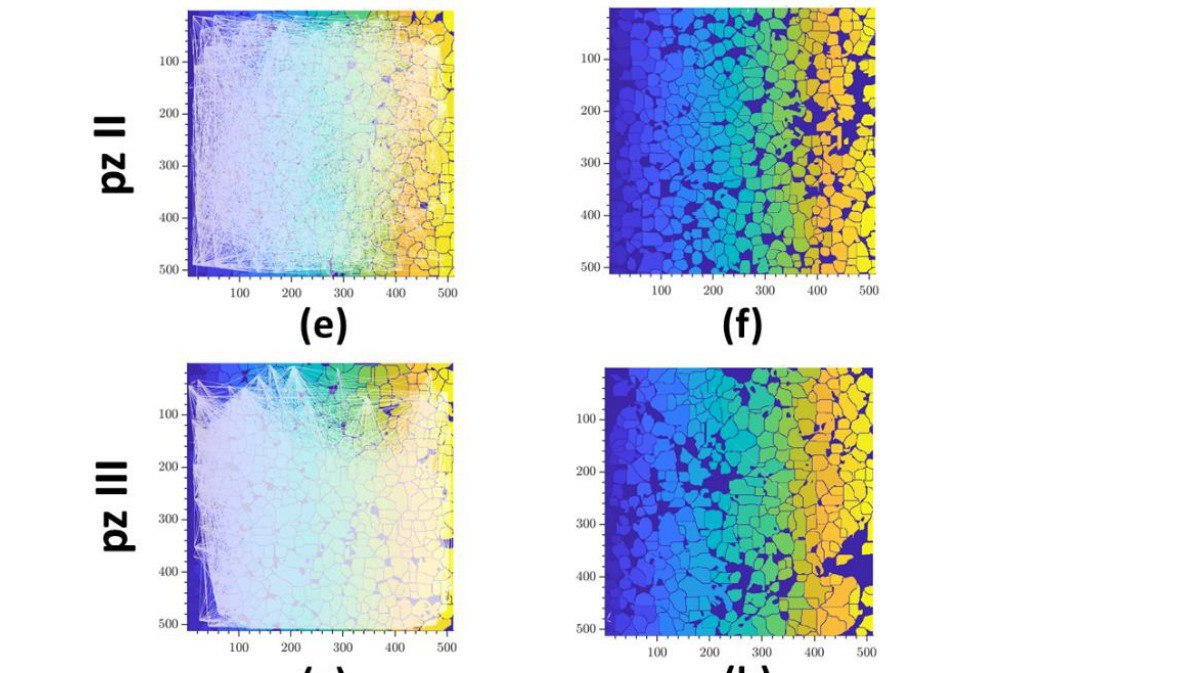New method for destroying brain tumour cells in vitro proposed by UNN scientists

Researchers at the UNN Institute of Biology and Biomedicine continue their work to develop a vaccine that will destroy tumour cells in the brain without disrupting brain function. The vaccine will make it possible to avoid the direct use of photodynamic therapy (PDT) in the treatment of gliomas, the most common brain tumours.
New research on neuronal cultures has shown that photodynamic therapy of gliomas with porphyrazine photoagents leads to the destruction of neural networks and loss of brain function. University scientists evaluated the metabolism of neuron-glial networks of primary hippocampal cultures when the photoagent was applied in the dark and under PDT. In both cases, the number of active cells decreased markedly, and the frequency of signals was much lower in the surviving cells. Thus, the introduction of photoagents and their subsequent irradiation resulted in the destruction of synaptic contacts and degradation of brain cells.
"We used concentrations of the photoagent sufficient to destroy tumours. It turned out, however, that these concentrations also caused the death of the neural network. It was important for us not to hush up this problem, but to publish the results and continue searching for other ways to treat gliomas," said Viktoria Turubanova from the Laboratory for the development of neuroprotection methods at the UNN Neurosciences Research Institute.
She noted that photoagents could be used to kill tumour cells 'in vitro', which would form the basis of a vaccine to treat brain tumours. Porphyrazines may also be used in the treatment of other types of tumour that differ in origin and metabolism from nervous system cells. In this case, photosensitizers not only destroy the tumour, but also help to determine the right dosage of irradiation.
"In clinical practice, a great variety of approaches to cancer treatment are used, many of them have side effects, so we focus on immunogenic death of tumour cells, which involves the body's natural forces in fighting the tumour, excluding chemotherapy or photodynamic therapy. Our immediate goal is to create a vaccine against gliomas and test it on laboratory animals," emphasised Viktoria Turubanova.
The study is part of a grant project entitled "Analysis of the efficacy of adaptive immunity activation by photoinduced glioma cells in anti-tumour vaccination". The results have been published in the journal Cells.



